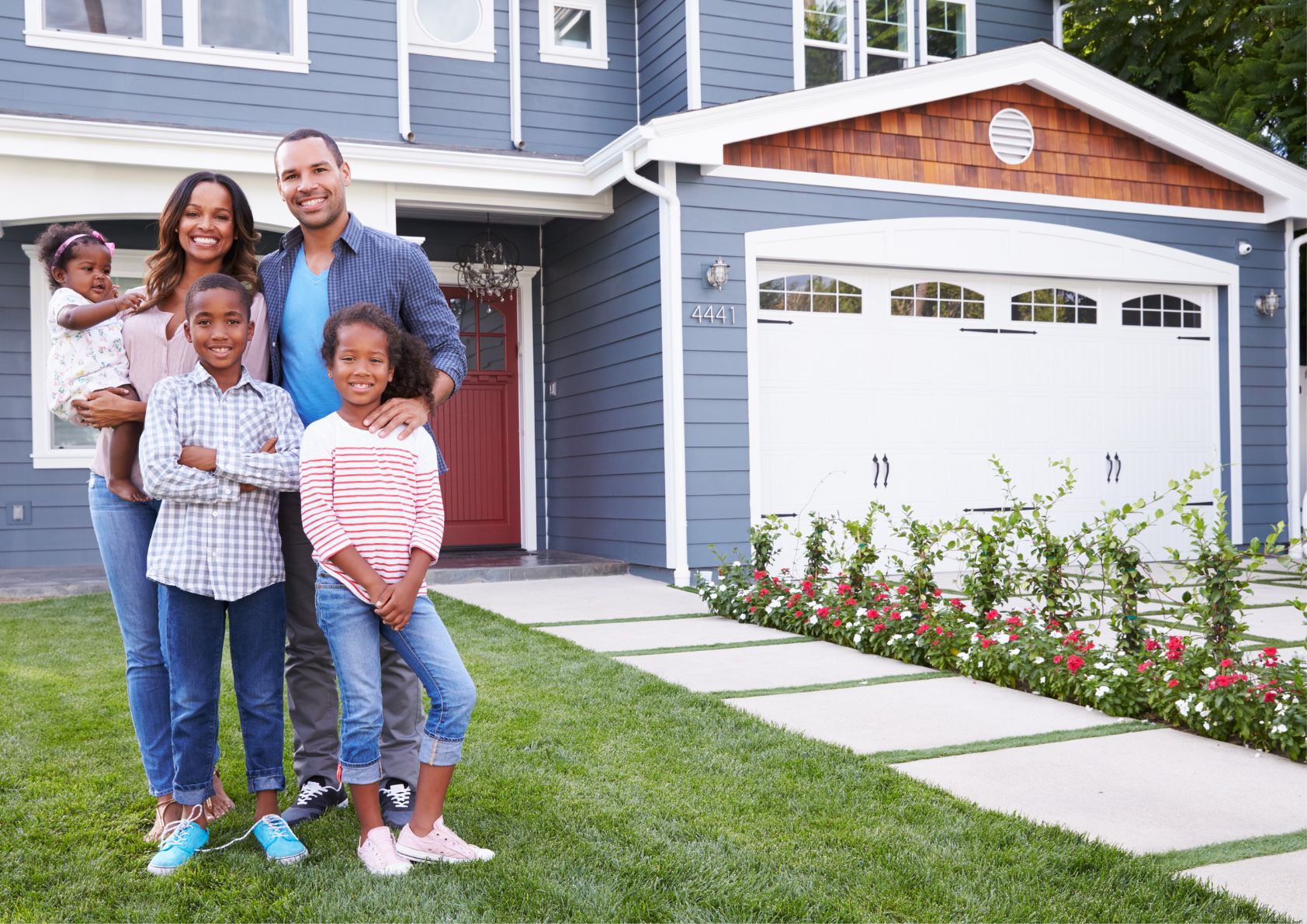In recent years, a noticeable trend has reshaped the real estate market: a growing shift in buyer preferences from urban hubs to suburban neighborhoods. Driven by evolving lifestyle priorities, remote work opportunities, and changing economic factors, this shift highlights how homebuyers’ needs and wants have transformed over time. In this blog, we’ll explore the factors driving this trend, its impact on the real estate market, and what it means for buyers, sellers, and investors alike.
The Urban Appeal: Why Cities Have Historically Been Popular

For decades, urban living has been synonymous with opportunity, convenience, and culture. Cities offer:
- Proximity to Workplaces: Urban centers have traditionally housed corporate headquarters, making them ideal for professionals seeking a short commute.
- Lifestyle Perks: City dwellers have long been drawn to access to dining, entertainment, and cultural events.
- Public Transportation: Many buyers have historically preferred cities for their extensive and efficient public transit systems.
Despite these benefits, urban living often involves higher costs, limited space, and less privacy, factors that have begun to shift buyer priorities.
The Rise of Suburban Living
As lifestyle preferences evolve, more buyers are setting their sights on suburban areas. Here’s why:
- Space and Affordability
Suburban homes often offer more square footage at a lower price than urban properties. Suburbs provide better value for families or individuals looking to maximize their investment.

- Remote Work Revolution
With remote work becoming the norm for many industries, proximity to city offices is no longer a necessity. This has empowered buyers to prioritize space and comfort over location. - Quality of Life
Suburbs often feature quieter neighborhoods, excellent schools, and family-friendly amenities such as parks and community centers. These factors appeal to growing families and retirees alike. - Post-Pandemic Priorities
The COVID-19 pandemic emphasized the importance of having comfortable living spaces. Home offices, larger yards, and home gyms—features more readily available in suburban areas—became highly sought after.
How the Shift Impacts the Real Estate Market
The growing demand for suburban properties has caused ripple effects throughout the real estate market:
- Increased Competition in Suburbs
Suburban homes are selling faster and often above the asking price, driven by heightened demand and limited inventory.

- Urban Market Adjustments
Urban areas have experienced slower price growth, with some cities even seeing price declines or longer days on the market for listings. - Investment Opportunities
Savvy investors are recognizing opportunities in suburban developments and undervalued urban properties.
Challenges and Considerations for Buyers and Sellers
For Buyers:
- Rising Suburban Prices: While still more affordable than cities, suburban homes are seeing price increases due to demand.
- Longer Commutes: Suburbs may offer more space but often have longer travel times to urban amenities.
For Sellers:
- Urban Property Staging: Highlighting flexible spaces for remote work or other lifestyle needs can help attract buyers.
- Timing is Key: Suburban sellers may find it advantageous to list sooner while demand remains high.
The Future of Real Estate Trends
The shift from urban to suburban living is expected to continue evolving as technology, lifestyle, and work dynamics change. Experts predict that hybrid work models and ongoing affordability challenges will further push buyers to prioritize value, space, and quality of life—factors that favor suburban markets. However, cities are likely to remain attractive to younger professionals and those drawn to vibrant, fast-paced environments.
Understanding these trends is crucial for buyers and sellers to make informed real estate decisions. Whether you’re considering a move to a quiet suburb or investing in a bustling city, keeping a pulse on market dynamics ensures you’ll navigate the real estate landscape successfully.
Conclusion
The transition from urban to suburban living underscores the adaptability of the real estate market to meet changing buyer preferences. As priorities shift, so do the opportunities for homeowners, investors, and agents. By staying informed about these trends, you can make strategic decisions aligning with your goals, whether buying, selling, or simply exploring your options.

